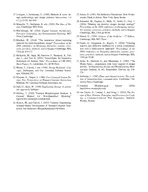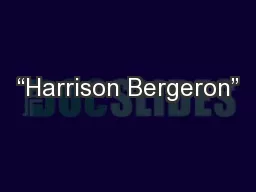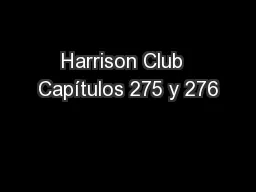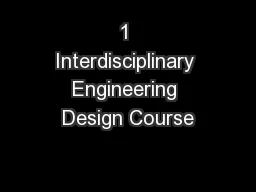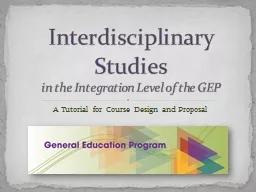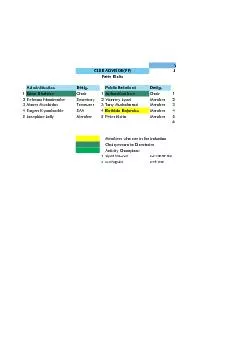PDF-Its Just a Method A Pedagogical Experiment In Interdisciplinary Desig n Steven Harrison
Author : yoshiko-marsland | Published Date : 2015-01-19
of Computer Science Virginia Tech 510 McBryde Hall 0106 Blacksburg Virginia 24061 540 231 7783 srhcsvtedu Maribeth Back Fuji Xerox Palo Alto Laboratory Palo Alto
Presentation Embed Code
Download Presentation
Download Presentation The PPT/PDF document "Its Just a Method A Pedagogical Experime..." is the property of its rightful owner. Permission is granted to download and print the materials on this website for personal, non-commercial use only, and to display it on your personal computer provided you do not modify the materials and that you retain all copyright notices contained in the materials. By downloading content from our website, you accept the terms of this agreement.
Its Just a Method A Pedagogical Experiment In Interdisciplinary Desig n Steven Harrison: Transcript
Download Rules Of Document
"Its Just a Method A Pedagogical Experiment In Interdisciplinary Desig n Steven Harrison"The content belongs to its owner. You may download and print it for personal use, without modification, and keep all copyright notices. By downloading, you agree to these terms.
Related Documents

